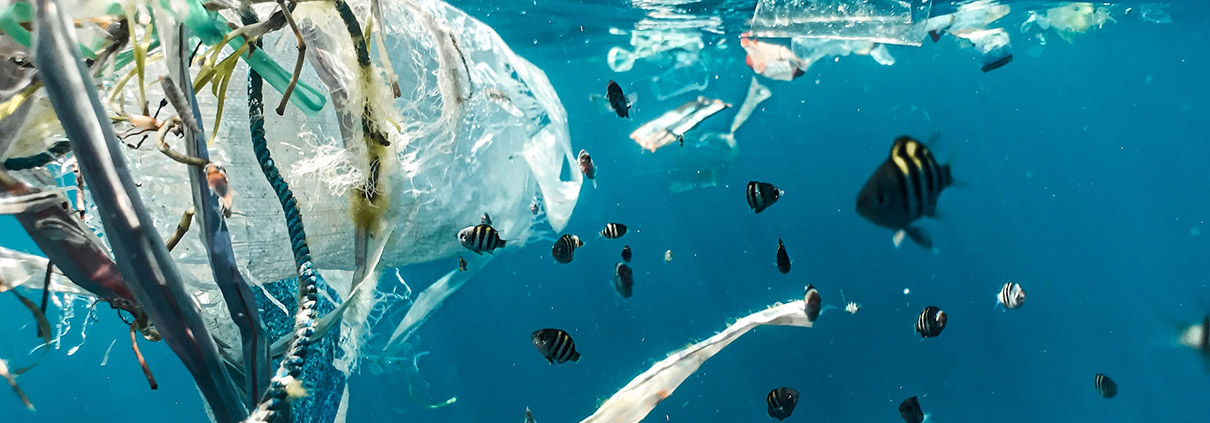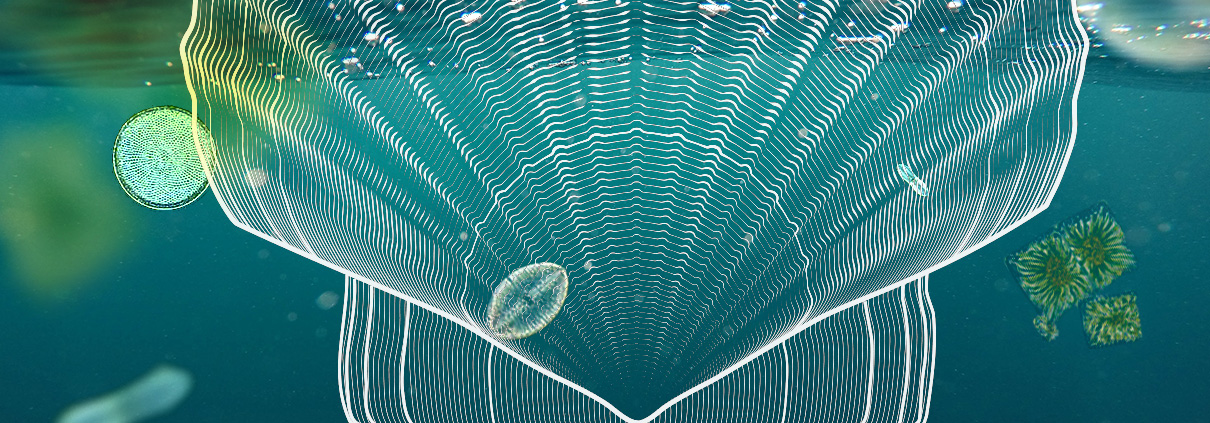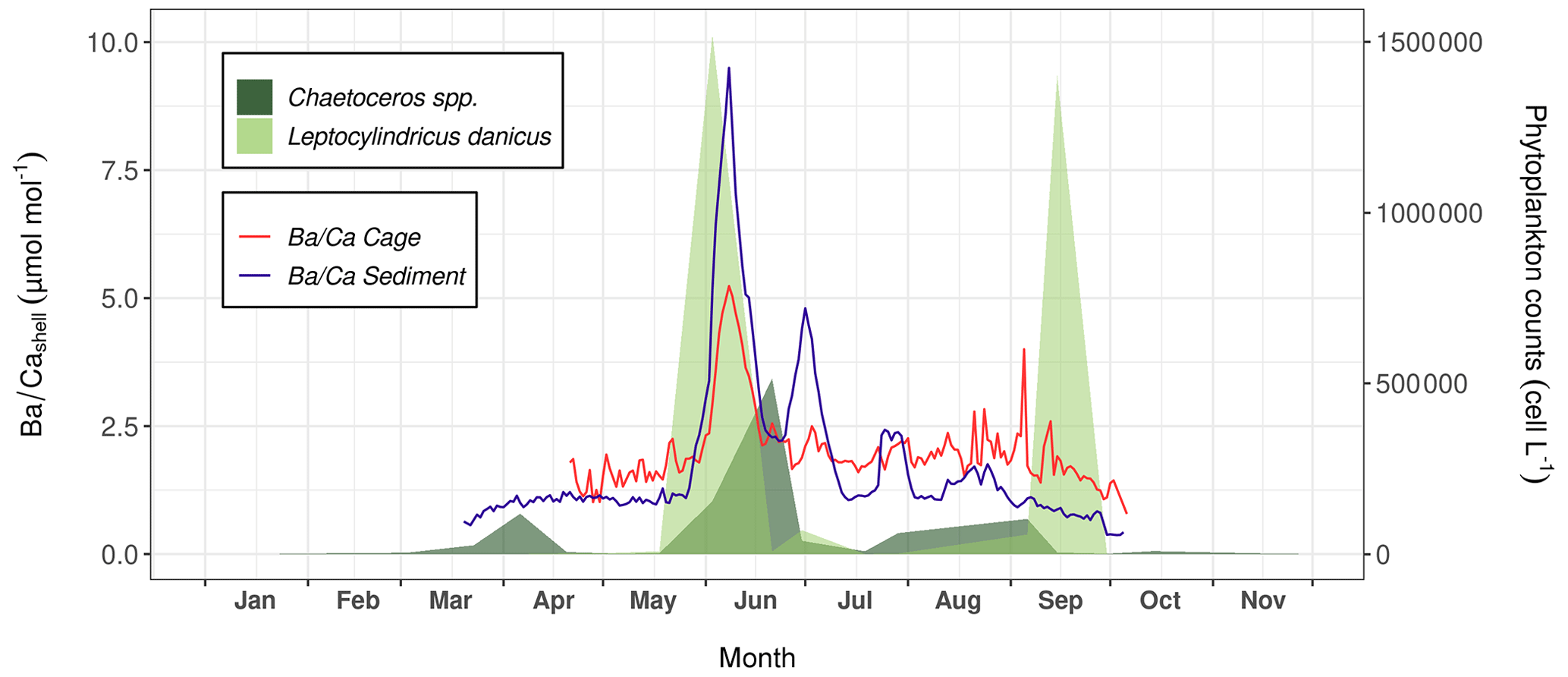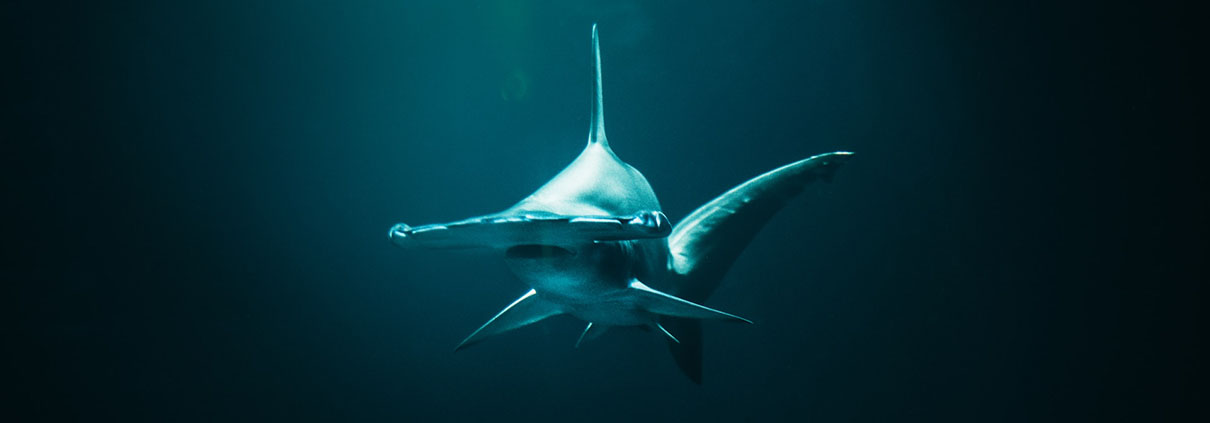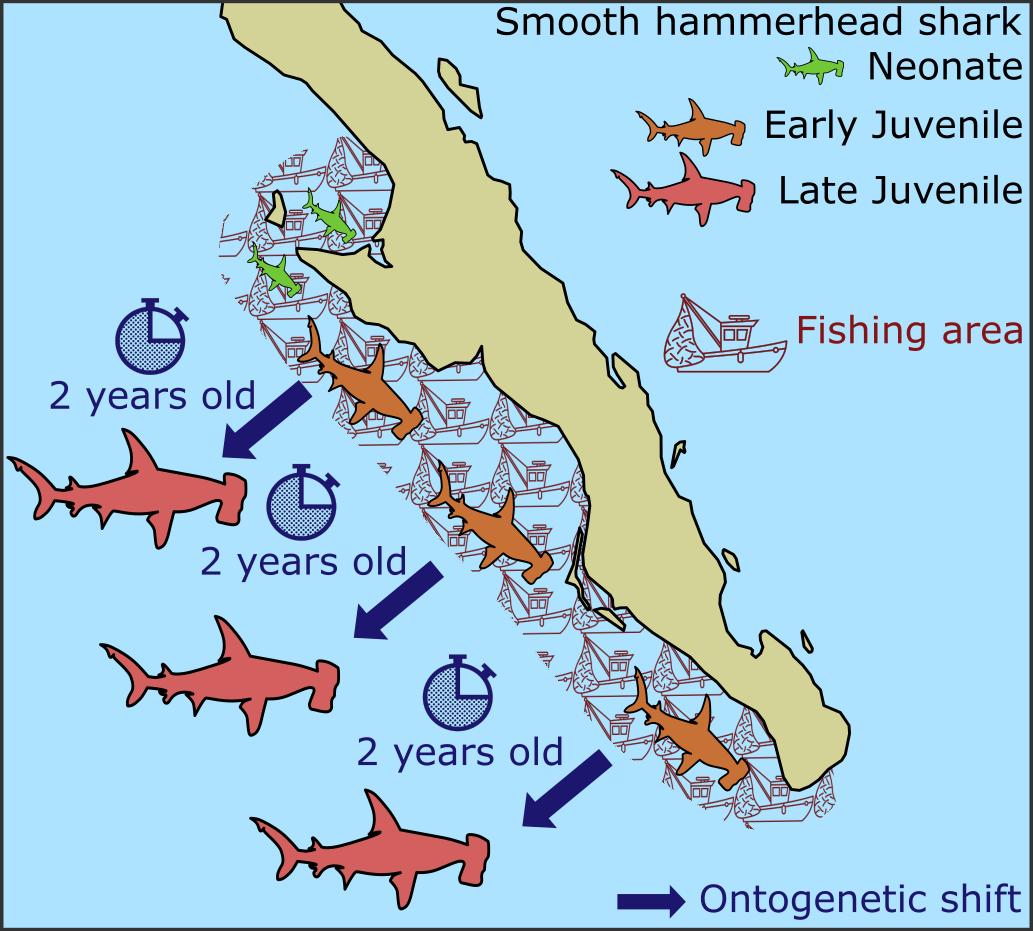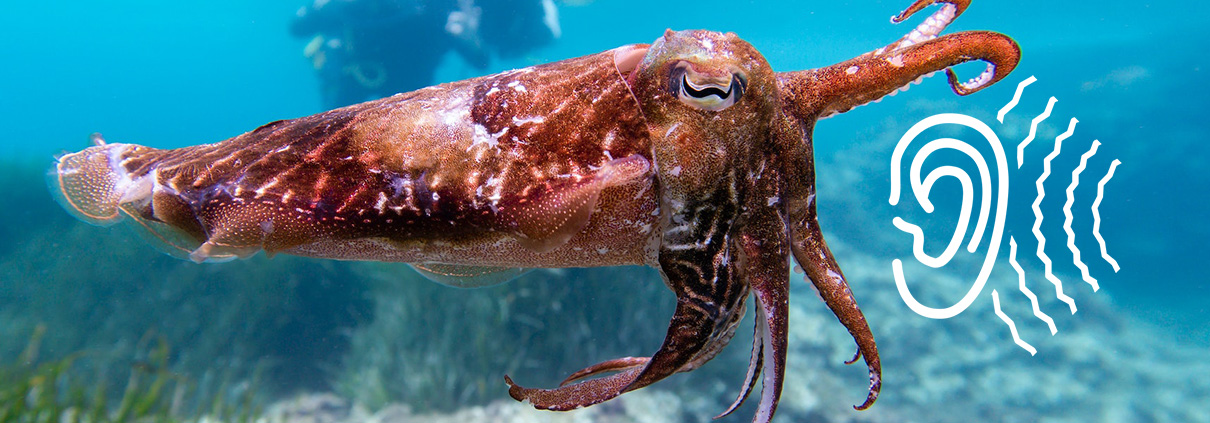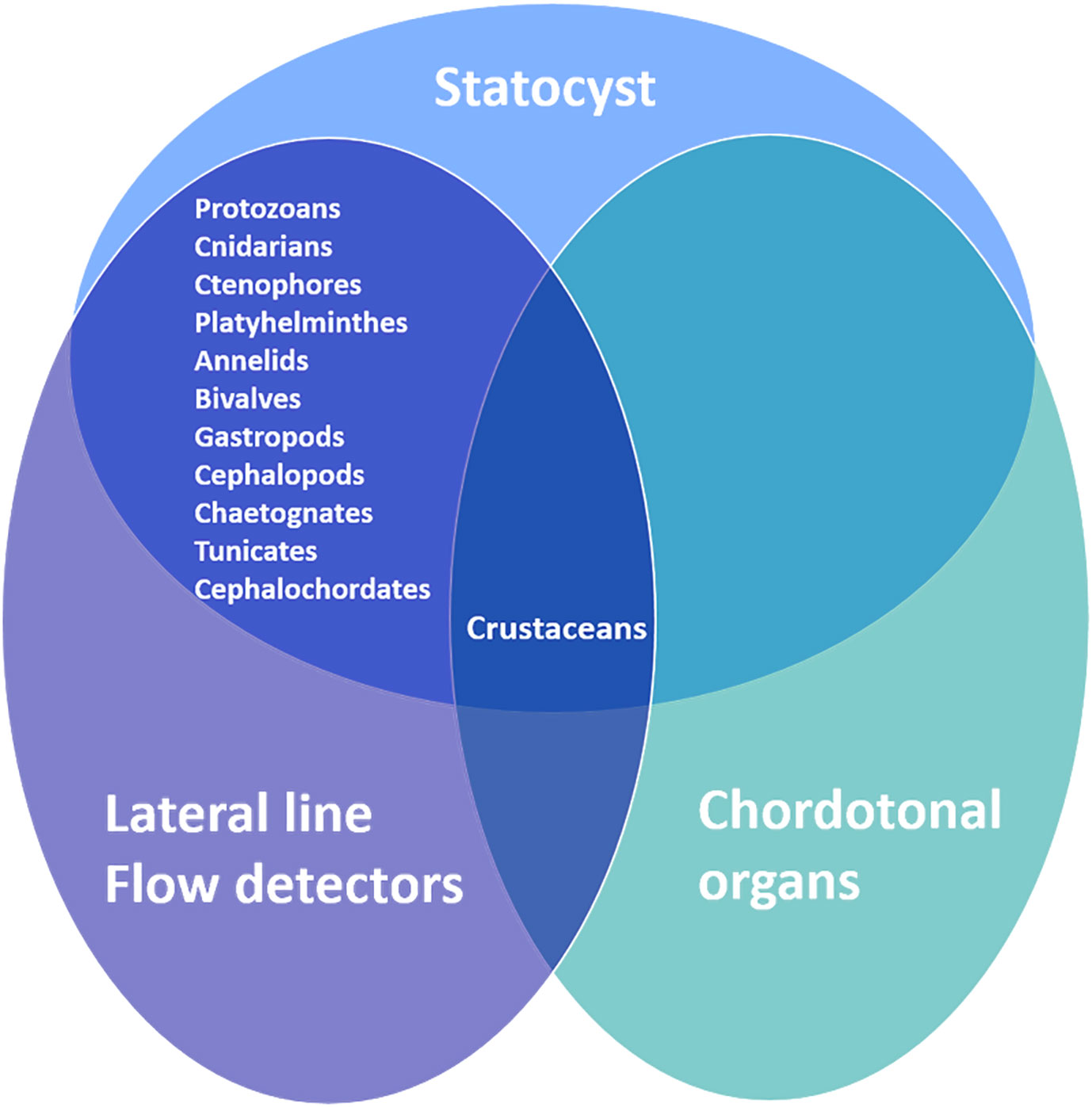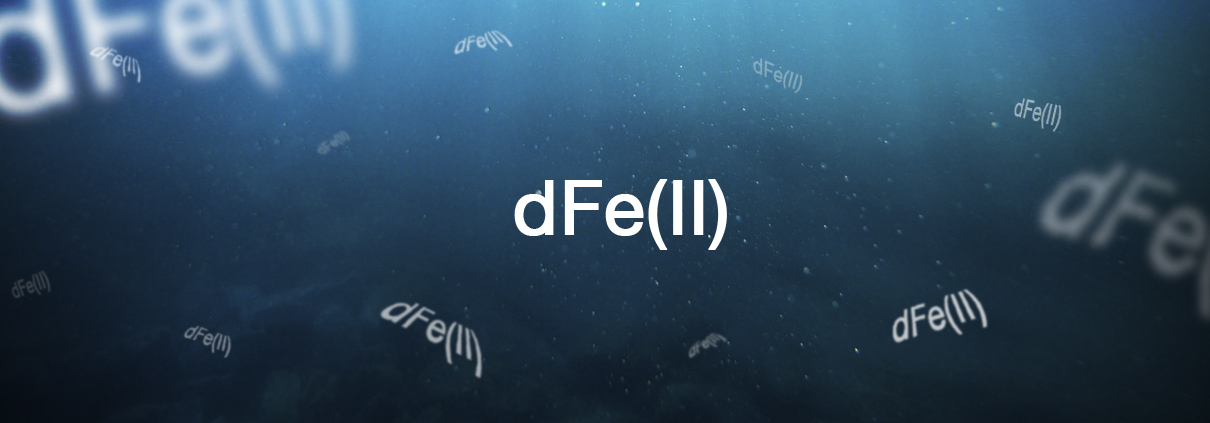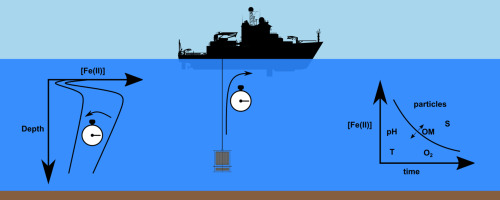A critical review on the evaluation of toxicity and ecological risk assessment of plastics in the marine environment
Abstract
The increasing production of plastics together with the insufficient waste management has led to massive pollution by plastic debris in the marine environment. Contrary to other known pollutants, plastic has the potential to induce three types of toxic effects: physical (e.g intestinal injuries), chemical (e.g leaching of toxic additives) and biological (e.g transfer of pathogenic microorganisms). This critical review questions our capability to give an effective ecological risk assessment, based on an ever-growing number of scientific articles in the last two decades acknowledging toxic effects at all levels of biological integration, from the molecular to the population level. Numerous biases in terms of concentration, size, shape, composition and microbial colonization revealed how toxicity and ecotoxicity tests are still not adapted to this peculiar pollutant. Suggestions to improve the relevance of plastic toxicity studies and standards are disclosed with a view to support future appropriate legislation.
Graphical Abstract
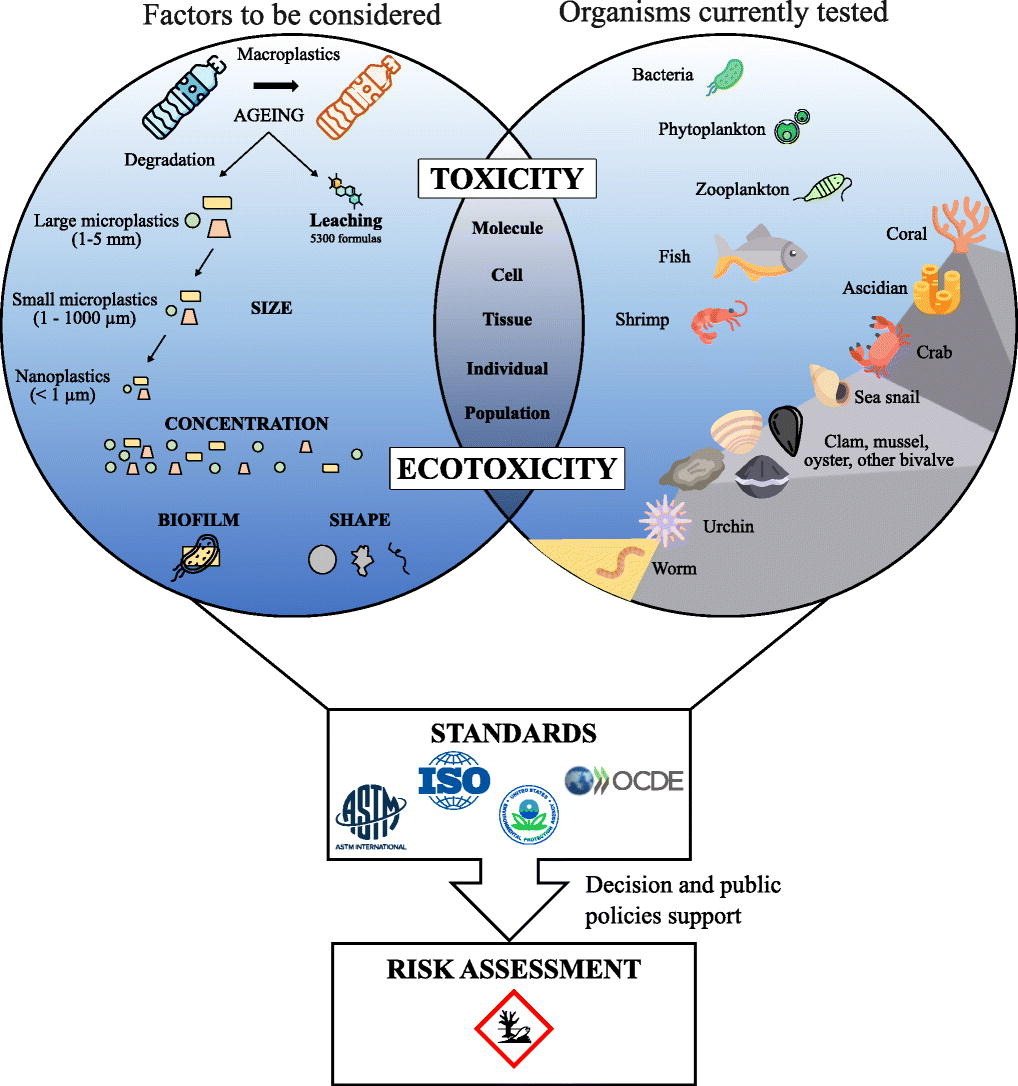
Highlignts
- Recurrent toxic effects of plastic debris seen from molecular to population levels.
- Tested conditions (concentration, type, size, shape) lack environmental relevancy.
- Environmental studies on plastic debris are scarce.
- Actual toxicity standards are not adapted to plastic.
Reference
David Leistenschneider, Adèle Wolinski, Jingguang Cheng, Alexandra ter Halle, Guillaume Duflos, Arnaud Huvet, Ika Paul-Pont, Franck Lartaud, François Galgani, Édouard Lavergne, Anne-Leila Meistertzheim, Jean-François Ghiglione, A critical review on the evaluation of toxicity and ecological risk assessment of plastics in the marine environment, Science of The Total Environment, Vol 896, 2023
Read the paper, published in Open Access
https://doi.org/10.1016/j.scitotenv.2023.164955

